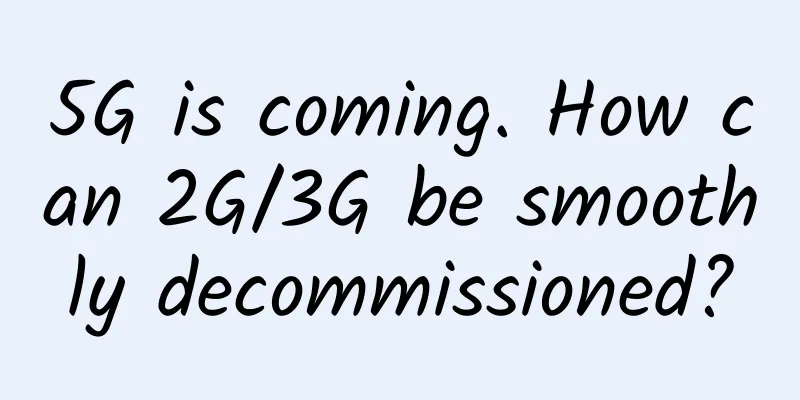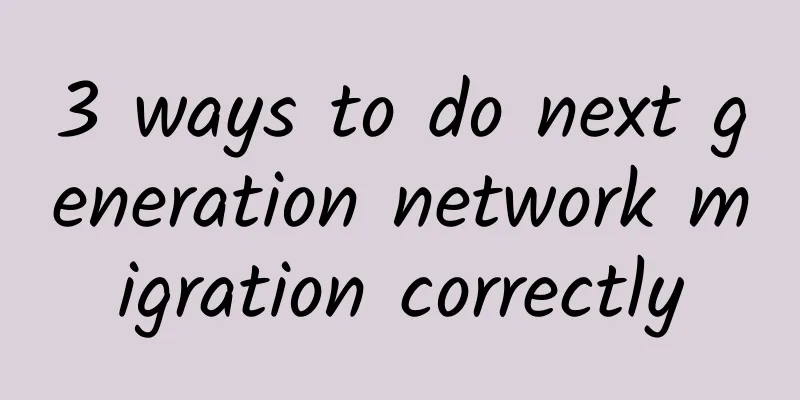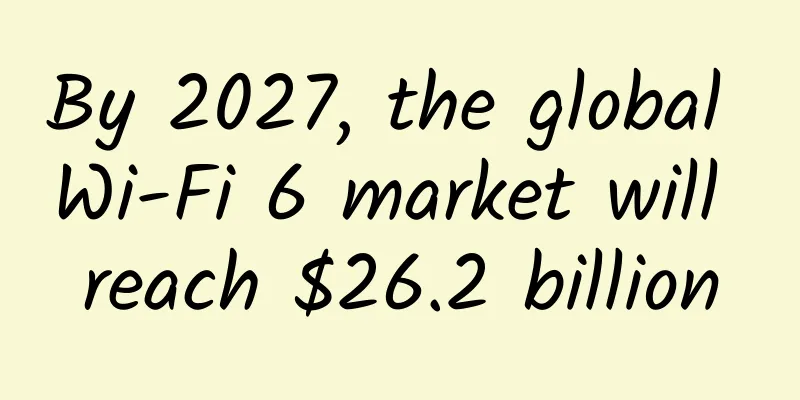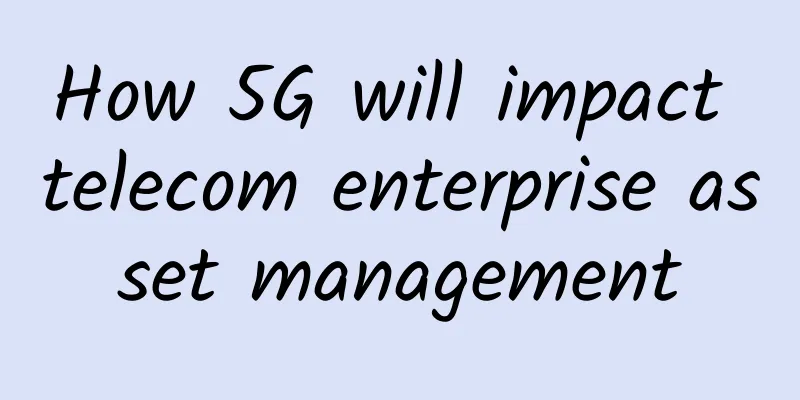5G is coming. How can 2G/3G be smoothly decommissioned?

|
As global operators invest heavily in 5G, the topic of whether it is necessary for operators to withdraw from 2G/3G networks and how to withdraw from the networks has attracted much attention. On July 17, the reporter learned from GSMA (Global System for Mobile Communications Association) that the association recently released the "Asia-Pacific 2G/3G Network Withdrawal Experience White Paper" (hereinafter referred to as the "White Paper"), which is also the first research report on 2G/3G network withdrawal by operators in the Asia-Pacific region. On July 18, telecommunications analyst and communications writer Shang Xiaopu told reporters that the current situation has shown the necessity of reducing 2G and 3G networks. For operators, the action plan for withdrawing from the network has been in a smooth transition, and how to communicate with users in the process and allow users to migrate smoothly is very critical.
China's Ministry of Industry and Information Technology said in October 2019 that the conditions for 2G and 3G network withdrawal have gradually matured. The above-mentioned "White Paper" project investigated the network withdrawal cases of operators in many countries or regions in the Asia-Pacific region, including New Zealand, Singapore, Australia, Japan, South Korea, and Macau. The "White Paper" pointed out that the number of 4G users in the world is growing steadily. From a global perspective, the number of 4G connections exceeded 2G or 3G in 2017, and the number of 4G connections in the Asia-Pacific region exceeded the sum of 2G and 3G in 2019. At the same time, the proportion of 2G connections has dropped significantly from 2015 to 2019. As of 2019, the proportion of 2G connections is 23%. Shang Xiaopu said that at a time when operators are investing heavily in 5G, gradually and orderly clearing the frequency bands occupied by 2G and 3G networks will help operators use these valuable spectrum resources more efficiently. The cleared frequency bands can be used for 5G, which can optimize the quality of 5G networks and reduce signal coverage costs. Shang Xiaopu said that spectrum resources are non-renewable and very scarce resources. The high-quality low-frequency resources of about 800M are occupied by 2G and 3G networks. There are not many high-quality low-frequency resources in the 5G development spectrum. If we only rely on the development of ultra-high frequency millimeter waves, the signal coverage cost will increase and the investment pressure on operators in 5G will be increased. Each base station of ultra-high frequency millimeter waves above 4.9G can only cover a range of tens of meters. Therefore, only by accelerating the clearance and release of the high-quality low-frequency occupied by 2G and 3G can these problems be completely solved. Shang Xiaopu believes that in the industry, the issue of operators withdrawing from the network has been a smooth transition, because whether 2G and 3G networks need to be withdrawn must also be considered in light of the local traffic reduction situation before it can be implemented gradually and smoothly. For example, in some sparsely populated areas, 2G and 3G network traffic usage is very low, but there are still a small number of user groups, so how operators communicate with users during the withdrawal process to ensure smooth migration of users is very critical. How can operators achieve smooth network withdrawal? In this regard, the White Paper summarizes a number of network withdrawal experiences based on the cases of Asia-Pacific operators: For operators, first, the network withdrawal transition period is usually about three years. Before issuing a formal announcement, operators need to prepare for network withdrawal as early as possible. If the adoption rate of new generation mobile technology is high, then this process may be shortened; second, the premise of network withdrawal is that the new network must be aligned with the coverage of the old standard. For example, before shutting down the 2G network, the 3G network needs to achieve a coverage level that matches the 2G network so that 3G can provide a backup for the business. In dealing with the issue of old network users, the White Paper states that operators need to carefully plan marketing activities for user migration and communicate effectively with users. The network withdrawal process requires the assistance and participation of regulatory agencies, which can protect consumers, and the early intervention of regulatory agencies is very important. At the same time, the White Paper proposes some methods to motivate users. Operators in some regions stop selling 2G/3G mobile phones before publicly announcing network withdrawal. At the same time, they provide discounts and other services to migrated users, and at the same time, the package does not increase the cost, there is no need to re-sign contracts, and actively assists in recycling mobile phones. |
<<: UK hints Huawei 5G ban may be overturned in the future
>>: What challenges and opportunities will operator networks face in the 5G era?
Recommend
RAKsmart: Popular VPS starting at $0.99 per month, 30% off on all regular VPS, Los Angeles/San Jose data centers
RAKsmart is a foreign hosting company operated by...
[Black Friday] DediPath: 35% off VPS/Hybrid Servers starting at $1.2/month, 1Gbps unlimited traffic, multiple data centers in Los Angeles and other places
DediPath's Black Friday discounts this year a...
How difficult it is to increase network speed and reduce fees
In response to the livelihood issue of "spee...
Transforming from traffic management to content management, where should operators start?
The comfortable life of living on a mountain of g...
Meeting the Challenges of Multi-Cluster Kubernetes
[[441857]] 【51CTO.com Quick Translation】 As more ...
Frequency bands and signals: A brief discussion on LTE's MIMO multi-antenna technology
We have seen it in the parameter configurations o...
Yecao Cloud: Hong Kong dedicated server from 199 yuan/month, VPS host from 168 yuan/year, optional BGP/Huawei Cloud line
Yecao Cloud is a Chinese hosting company founded ...
The network is too slow to get a subscription?! A hardcore comparison tells you which is faster, 5G or Wi-Fi 6!
My wife, who has always been worried about her ch...
Roaming on different networks is "running fast", can breakthroughs in standards open the door to a new world?
The Ministry of Industry and Information Technolo...
Where is the future of 5G terminals?
[[400174]] In the 5G era, in order to rapidly adv...
The Brazilian government announced plans to achieve full 5G coverage across the country by 2029
On the 17th local time, the Brazilian government&...
How to ensure the security of 5G wireless networks
5G creates opportunities for both users and cyber...
5G and eSIM are now a must for IoT companies
Embedded Subscriber Identity Module (eSIM) techno...
UFOVPS limited 10% off + recharge rebate, US CN2 GIA/Hong Kong CN2 GIA/Japan CN2 GIA optional
UFOVPS is a Chinese hosting company founded in 20...
Ministry of Industry and Information Technology: Nearly 850,000 5G base stations have been built, forming the world's largest 5G independent networking network
According to the Ministry of Industry and Informa...









![[6.18] 80VPS regular VPS 50% off, special VPS annual payment starting from 199 yuan, multiple data centers in the United States/Hong Kong/Japan/Korea, etc.](/upload/images/67cabe7c72368.webp)